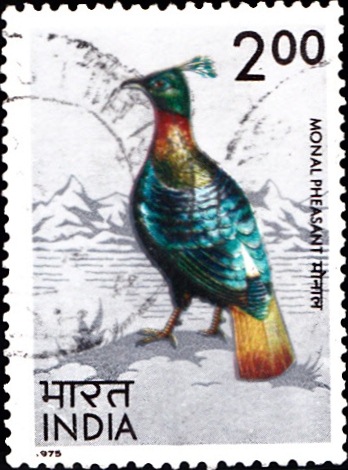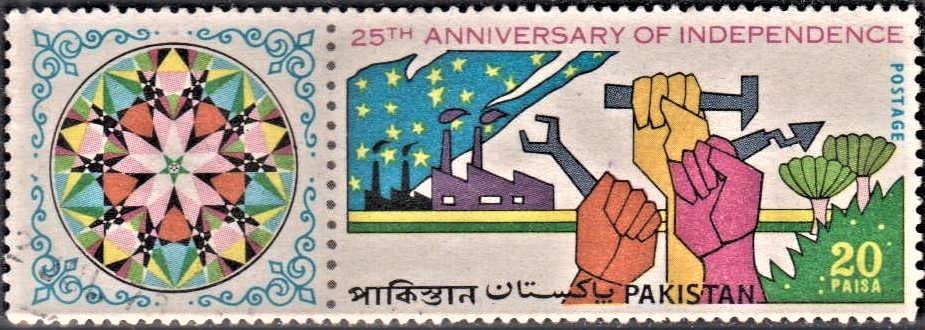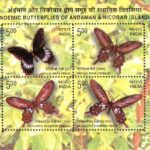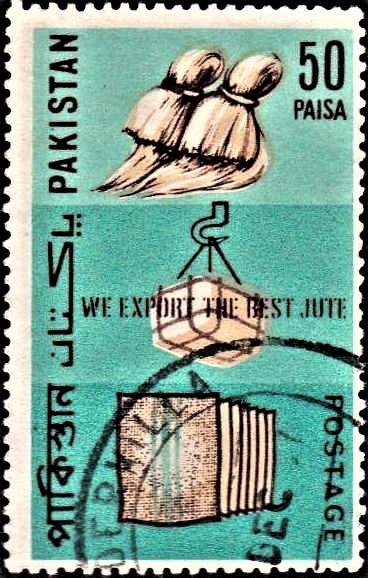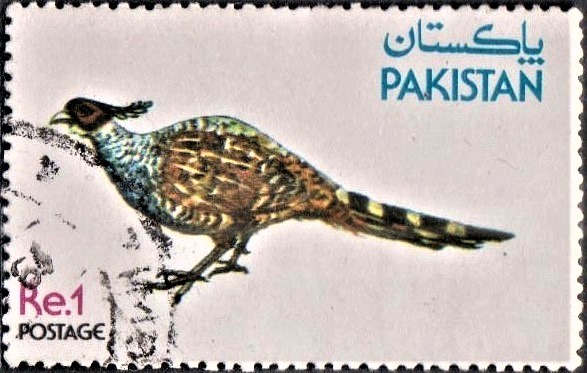
Pakistan Wildlife Series : Pheasants
Complete set of 4 nos. of special postage stamp on the 5th set of Pakistan Wildlife Series : Pheasants :
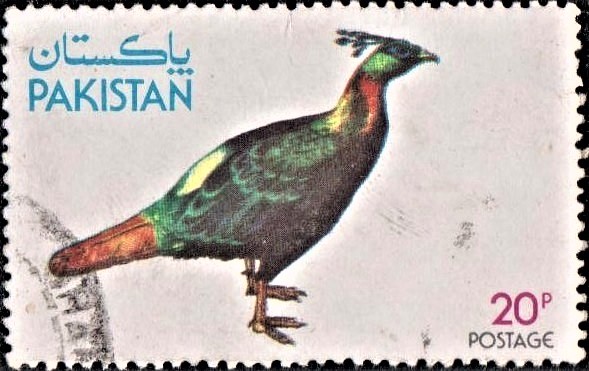
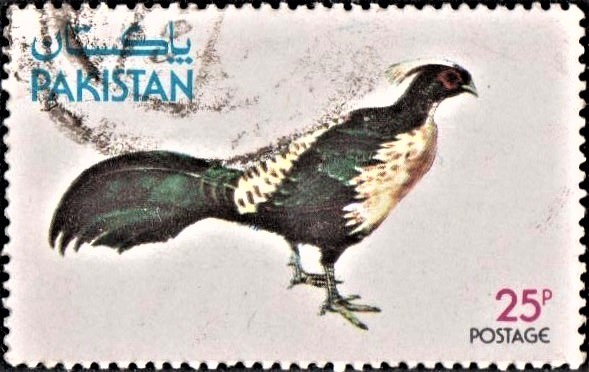
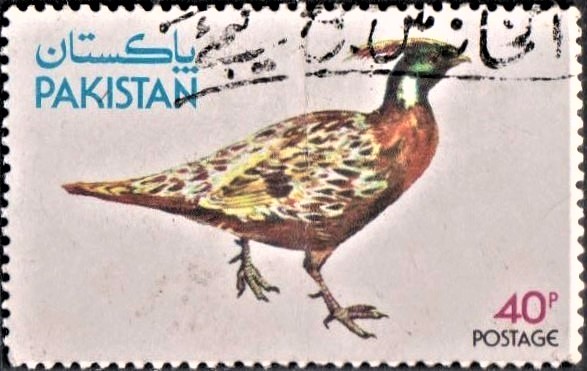
 Issued by Pakistan
Issued by Pakistan
Issued on Jun 17, 1979
Issued for : The fifth set in the series of wildlife stamps which are being issued by the Pakistan Post Office to focus attention on the need to preserve wildlife in the country will be released on 17th June, 1979. The set consists of 4 stamps of the denomination of 20-Paisa, 25-Paisa, 40-Paisa and Re. 1/- depicting four rare varieties of Pheasants namely Monal, White-crested Kalij, Koklas and Cheer. Earlier issues on wildlife include a set of two stamps each on (i) Black Partridge (30 September, 1975), (ii) Urial (31 December, 1975), (iii) Peacock (31 March, 1976) and (iv) Ibex (12 July, 1976).
Description : Four rare varieties of pheasants namely Monal (Lophophorous Impejanus), White crested Kalij (Lophura leucomelana), Koklas (Puccrasia Macrolopha) and Cheer (Catreus Wallichii) have been depicted in multi colour in the stamps of 20 Paisa, 25 Paisa, 40 Paisa and 1/- Rupee respectively.
Designer : Mukhtar Ahmed
Type : Stamps, Postal Used
Denominations : 20, 25 & 40 Paisa and Re. 1/-
Colours : Yellow, Blue, Red and Black
Size of Stamps : 49.20 x 30.70 mm
Size of Prints : 46.20 x 27.70 mm
Perforation Gauge : 13 (c)
Quantity :
20 Paisa : 10 million
25 Paisa : 5 million
40 Paisa : 5 million
Re. 1/- : 5 million
No. of Stamps in one sheet : Fifty
Process of Printing : Litho Offset
Printers : Pakistan Security Printing Corporation
About :
- (i) Monal Pheasant : (Lophophorus impejanus)The male has a long racket-shaped crest of metallic green feathers with the head and throat of a rainbow shade. The nape and side of the neck have a brilliant reddish copper shade; the wings are purple and blue. The female is darkish brown, finely marked with pale buff on the upper parts, including the head and neck.
The Monal lives principally near the tree line at 10,000 feet in the northern mountainous forests of Pakistan. It can survive in deep snow and does not descend to lower altitudes even in winter. Breeding season is from April to June; 4 to 6 eggs are laid and incubation period is 28 days.
- (ii) White–Crested Kalij Pheasant : (Lophura leucomelana)The male is a glistering metallic gun-metal blue with a greyish white head-crest and scale-like pattern on the back and wing coverts. His rump feathers have broader wide margins and lanceolate shaped breast feathers are brown and buff. The female is a drab brown with paler buff margins to the feathers over the mantle and wing coverts giving a scale-like effect. Both male and female have a broad circular patch of bright scarlet facial skin. During the summer it is found in the high pine forests of the northern parts of Pakistan at as high an altitude as 12000 feet, but comes down to lower altitude during the winter. Breeding season of Kalij is June to August; 8 to 14 eggs are laid and the incubation period is 24 to 25 days.
- (iii) Koklas Pheasant : (Puccrasia Macrolopha)Koklas are medium sized and the plumage of male and female is not very dissimilar in colour. The male has a long crest of which the centre leathers are rufous brown and the outer greenish black. The head is glossy green-black, entirely feathered and there is a large white patch on the side of the neck. The female has a short, pale buff crest and face, the crown buff barred with black; chin and throat are creamy white with lines of small black spots on the sides. Koklas are found between 4,000 feet and 13000 feet in the northern mountain ranges of Pakistan. The breeding season is May; 6 to 9 eggs are laid and incubation period is 25 to 26 days.
- (iv) Cheer Pheasant : (Catreus Wallichii)Cheer Pheasant is much larger than the Kalij or Koklas. Both, male and female, have a bright scarlet patch of bare skin and a short crest of backward projecting feathers. Its most striking feature is its long straight pointed tail – each feather horizontally cross-barred with dark brown alternating with paler creamy buff. Its rump and wings are chest-nut brown and its legs are dark brown. The crown is blackish with buff borders to the feathers. The upper parts are rusty brown and black with broad sub-terminal black bars. Cheer pheasants are monogamous and usually found in pairs of family parties on the steep hills and rocky cliffs in the open scrub forest in the small valleys and ravines in the northern areas of Pakistan between 1400 to 3500 feet elevation. Breeding season is April to June; 9 to 14 eggs are laid and the incubation period is 26 to 27 days.
- Issued by: The Director General, Pakistan Post Office, Karachi.



